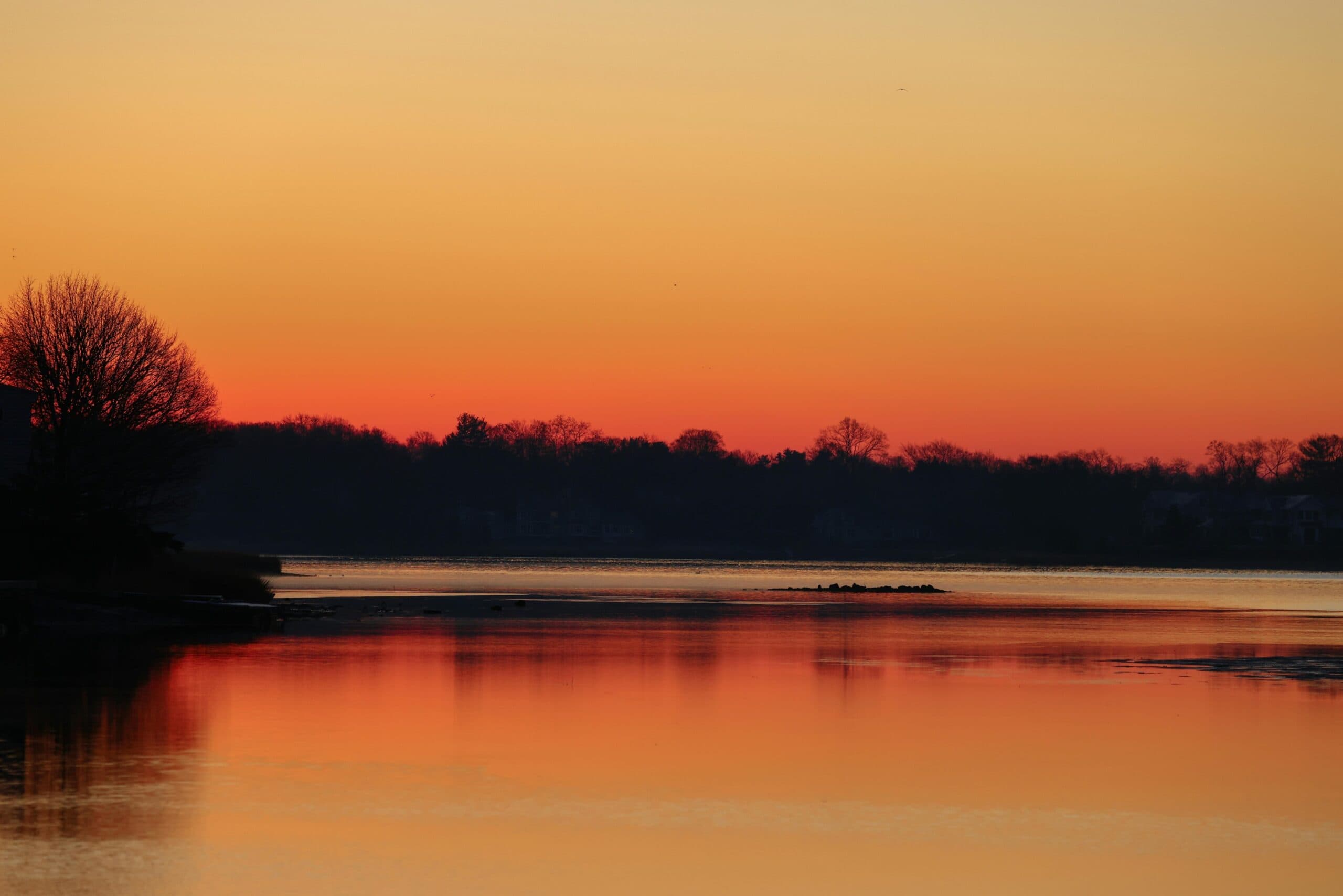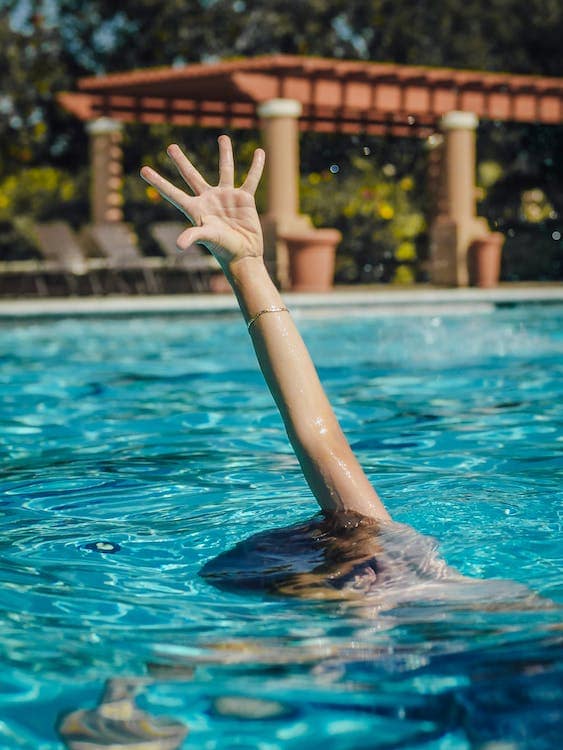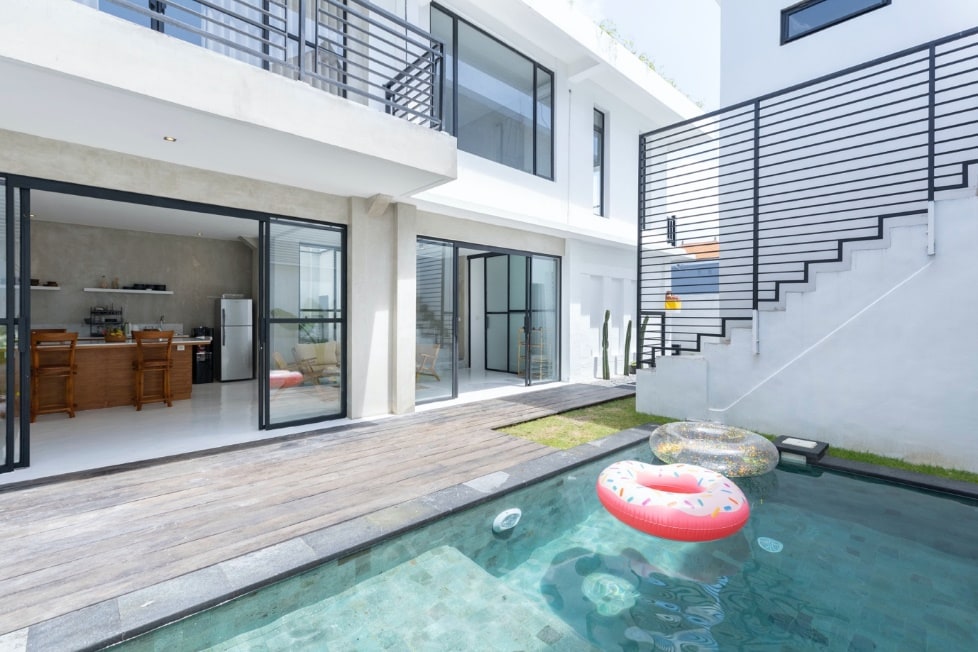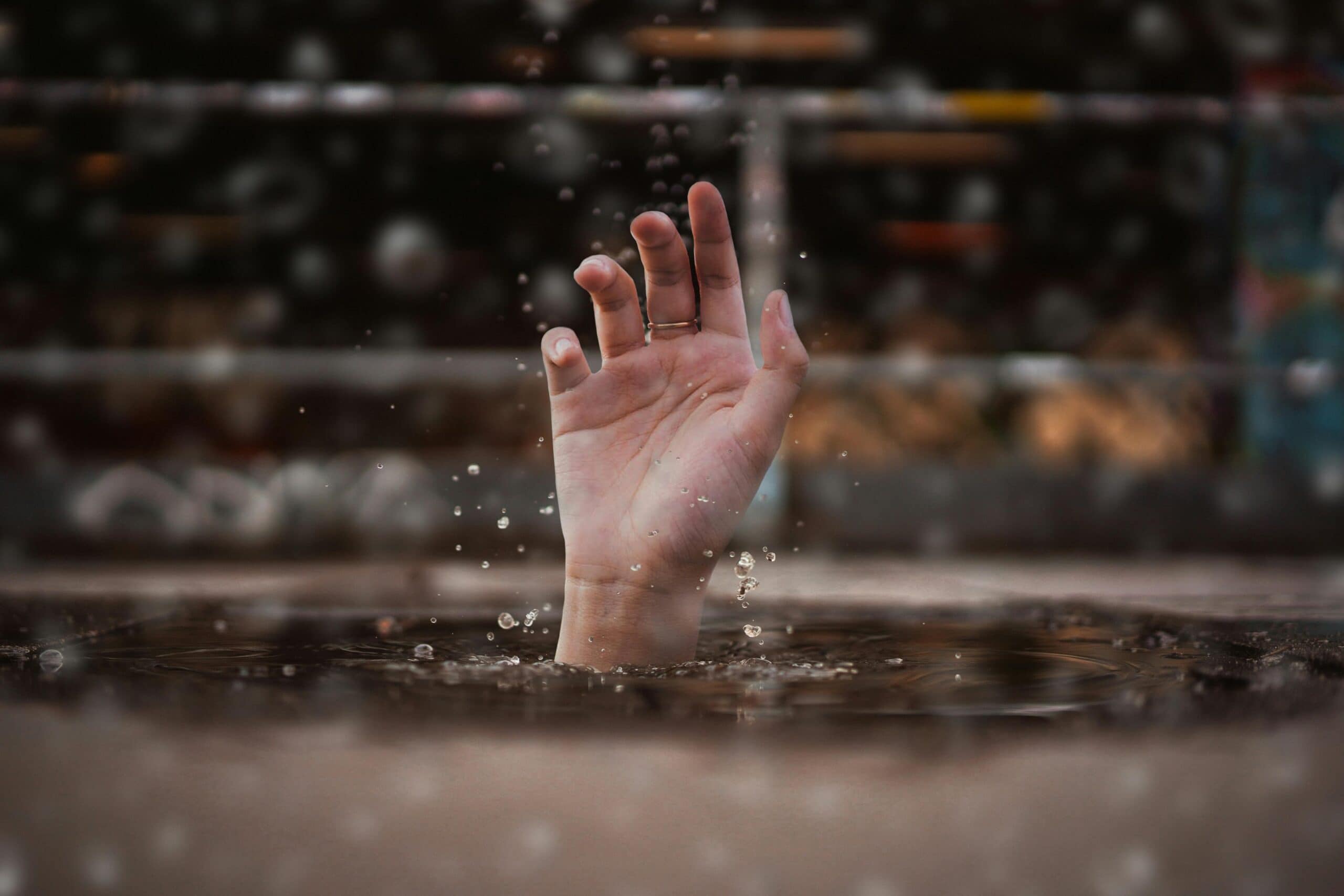
Drowning accidents, particularly in swimming pools, can have devastating consequences, leaving families to cope with immense loss and unimaginable grief. Such a sudden and preventable tragedy impacts not only those directly involved but also their loved ones, who face a complex legal and emotional journey.
During these difficult times, many people wonder how much a drowning accident lawyer costs to help pursue justice and support through the legal process.
When these accidents occur due to negligence or lack of safety equipment, victims or their families may seek compensation through a personal injury or wrongful death lawsuit. Hiring a drowning accident lawyer to pursue justice is crucial, but understanding the costs involved can be just as important.
Here, we’ll break down the costs associated with hiring an experienced drowning accident lawyer, including insights into real-life cases where victims received compensation for their loss.
What Is a Drowning Accident Lawyer’s Fee Structure?
Typically, drowning accident attorneys work on a contingency fee basis, meaning clients do not pay upfront fees. Instead, the lawyer only receives payment if they successfully win the case or secure a settlement.
Contingency Fees
This approach provides financial relief, especially during a time when families may already be facing unexpected costs such as medical bills and funeral expenses.
Percentage of Awarded Compensation: The standard contingency fee for personal injury lawyers, including drowning accident cases, often ranges from 25% to 40% of the awarded compensation. This fee structure allows families to seek legal representation without facing financial barriers during an already challenging time. This percentage is agreed upon at the outset and varies depending on the lawyer’s experience, reputation, and the complexity of the case.
How Contingency Fees Work: For instance, if a settlement of $200,000 is reached, and the lawyer’s contingency fee is set at 30%, the lawyer would receive $60,000. This allows clients to access legal services without immediate financial burden while also motivating the lawyer to achieve the best possible outcome.
Hourly Rate vs. Contingency Fee
Although contingency fees are common in personal injury cases, including drowning accident cases, some lawyers may offer an hourly fee option.
When Hourly Rates May Apply: This fee structure is less common for injury cases, but certain lawyers may use it if the case is particularly complex or if they expect it to require extensive court appearances. Hourly rates can vary based on the lawyer’s expertise, often ranging from $100 to $500 per hour.
Cost Implications: Hourly rates can quickly add up, making this option less favorable for clients seeking financial flexibility. The overall cost can be difficult to predict, as it depends on the time invested by the attorney, the duration of the case, and any unexpected developments.
Retainer Fees and Advanced Costs
Clients who choose to work with a lawyer on an hourly basis may be asked to pay a retainer fee. This is a deposit toward the anticipated costs of legal services, usually required upfront.
Purpose of Retainer Fees: Retainer fees cover initial legal expenses and are often set aside for tasks like research, document preparation, and communication with other parties involved in the case.
Refundable or Non-Refundable: Retainer fees are typically used toward legal costs as they arise, but any unused portion may be refunded depending on the lawyer’s policies. Some attorneys, however, have non-refundable retainers, which is essential to clarify upfront.
Additional Expenses Beyond Legal Fees
Clients should also consider additional expenses that may arise in drowning accident cases. While these are usually discussed beforehand, they can include:
Court Filing Fees: Costs to file a wrongful death lawsuit or personal injury lawsuit in court, generally ranging from a few hundred to over a thousand dollars.
Expert Witness Fees: In complex swimming pool accident cases, attorneys may call on expert witnesses, such as medical professionals or pool safety experts, to support the claim. Expert witnesses charge for their time, and this cost can be significant depending on the case’s complexity.
Investigative Costs: Gathering evidence is crucial in proving liability. Private investigators or specialized firms may be hired to collect evidence, such as surveillance footage, witness statements, or maintenance records for safety equipment.
Document Production Fees: Copying and processing documentation, particularly in cases involving multiple parties, can incur fees. These include police reports, medical records, and maintenance documents that may be vital to proving negligence in swimming pool accidents.
How to Minimize Legal Costs: Tips for Clients
For clients concerned about the overall cost of a drowning accident attorney, here are some strategies to keep fees manageable:
Choose Contingency over Hourly Fees: When possible, opt for a contingency fee arrangement to reduce upfront expenses.
Negotiate the Percentage: Clients can sometimes negotiate the contingency fee percentage, particularly if the case appears straightforward.
Ask About Bundled Services: Some law firms offer bundled services that include multiple stages of the legal process at a discounted rate.
Consider Lawyers with Lower Overheads: Larger firms may have higher rates due to their operational costs, so consider experienced lawyers from smaller firms who may offer more affordable rates without sacrificing quality.
U.S. Laws Protecting Drowning Accident Victims
Drowning accidents, whether in public or private pools, often stem from inadequate safety measures, negligent supervision, or equipment failures. To mitigate these risks and hold parties accountable, a range of federal and state laws are in place to protect individuals who suffer from drowning-related incidents. Below are several significant U.S. laws that offer these protections.
1. Virginia Graeme Baker Pool and Spa Safety Act (VGBA)
The Virginia Graeme Baker Pool and Spa Safety Act (VGBA) is one of the most critical federal laws aimed at preventing drowning accidents, particularly by addressing the dangers posed by faulty pool drains. This act, passed in 2007, requires that:
Anti-Entrapment Drain Covers: All public pools and spas must install anti-entrapment drain covers to prevent suction-related accidents that can trap swimmers underwater.
Safety Compliance Inspections: Pools and spas must be inspected to ensure compliance with safety standards, including properly maintained drain covers and filtration systems.
Named after Virginia Graeme Baker, a young girl who tragically drowned due to a defective pool drain, the VGBA has significantly increased awareness about drain safety and made public pools safer by enforcing strict equipment regulations.
2. Federal Swimming Pool Code Recommendations
While the federal government doesn’t mandate a uniform national pool code, it has issued recommendations for pool safety that many states have adopted or adapted. These guidelines, often incorporated into state and local regulations, aim to reduce drowning risks by setting standards such as:
Barrier Requirements: Recommendations for pool enclosures include fencing, self-latching gates, and lockable covers to prevent unauthorized or unsupervised access, especially by children.
Safety Equipment Accessibility: Pools are advised to keep essential safety equipment, such as life rings and rescue poles, easily accessible.
These recommendations provide a foundation for state and local laws, helping prevent drowning incidents by mandating safety barriers and lifesaving tools at pools nationwide.
3. Attractive Nuisance Doctrine
The Attractive Nuisance Doctrine applies nationwide and places a heightened responsibility on property owners to protect children from hazards on their property, including swimming pools. Key points under this doctrine include:
Extra Precautions for Pools: Because pools are attractive to children and pose serious risks, property owners are legally obligated to secure them through barriers, signage, and possibly alarms to prevent accidental drowning.
Liability for Trespassing Injuries: Even if a child trespasses, the property owner can be held liable if they failed to take reasonable steps to secure the pool.
The attractive nuisance doctrine underscores the property owner’s duty to ensure that potentially dangerous areas are inaccessible to children, who may not fully understand the risks involved.
4. Recreational Use Statutes
Many U.S. states have Recreational Use Statutes (RUS) that limit liability for property owners who open their land, such as lakes or rivers, without charging a fee. However, these statutes have exceptions:
Gross Negligence or Willful Misconduct: If a drowning occurs because a property owner was grossly negligent, such as ignoring a known hazard or failing to post warnings, they can still be held liable.
Limitations on Liability: While RUS laws generally offer liability protection, they do not absolve owners of responsibility in cases where they have created or neglected to fix dangerous conditions.
Recreational Use Statutes provide protections to both property owners and visitors, but they still require owners to maintain a standard of care to prevent harm to recreational users.
5. Occupational Safety and Health Act (OSHA)
For workplaces with pools, such as hotels, resorts, and aquatic centers, the Occupational Safety and Health Act (OSHA) provides guidelines for workplace safety that also reduce drowning risks:
Employee Training Requirements: OSHA mandates that lifeguards and pool staff receive adequate training, especially in CPR and emergency response.
Safety Protocols and Equipment: Employers must maintain safety protocols, such as regular equipment checks and the availability of emergency rescue devices.
OSHA’s standards help ensure that employees working in or near pool areas are trained to prevent and respond to drowning incidents, providing safer environments for both workers and guests.
6. State and Local Pool Safety Regulations
Beyond federal standards, individual states and municipalities often have specific regulations to address local safety concerns and environmental conditions. These laws typically include:
Mandatory Lifeguard Presence: Many states require lifeguards at public swimming pools and large apartment complexes.
Pool Alarm and Gate Requirements: Local regulations frequently mandate pool alarms or childproof gates to prevent accidental drowning.
Local laws are essential in addressing specific risks in communities and are often stricter than federal regulations, especially in areas where swimming pool accidents are more common.
7. Wrongful Death Statutes
Each state has wrongful death statutes that allow families to pursue compensation when a loved one’s death results from another’s negligence or recklessness. In drowning accident cases, wrongful death claims can be filed if:
Negligence by Pool Owners or Supervisors: Failure to provide proper safety measures, such as lifeguards, barriers, or signage, may constitute negligence.
Claims for Damages: Wrongful death statutes allow families to seek damages for loss of income, funeral costs, and emotional suffering.
Wrongful death claims are a crucial way for families to obtain justice and compensation for the loss of a loved one due to preventable drowning incidents.
Real-Life Cases: Drowning Accident Compensation in Action
1. Gonzalez v. Apartment Complex
In this case, the family of a young child filed a wrongful death lawsuit after their child drowned in an apartment complex pool. The case focused on the property owner’s failure to install proper safety equipment, such as fencing and alarms. After litigation, the family received a substantial settlement due to the negligence demonstrated by the pool owners and management. This case highlights the importance of safety measures and the responsibility of pool owners to maintain them.
2. Doe v. Public Pool Management Company
A wrongful death lawsuit was filed against a public pool after a young teen drowned during a swimming class. The case claimed inadequate supervision and a lack of lifeguard training contributed to the accident. The management company settled the case for over a million dollars, which covered the family’s medical expenses and offered compensation for their immense emotional loss. This case underscores how liability in swimming pool accident injuries can extend to both pool managers and other responsible entities.
3. Smith v. Private Pool Owner
In another case, a private property owner faced a lawsuit after a guest drowned at a party held at their residence. The lack of visible safety signs, coupled with poor lighting around the pool area, contributed to the accident. The court awarded damages to the victim’s family, holding the pool owner accountable for not taking preventive steps to protect their guests. This case serves as a reminder to all pool owners of their legal responsibilities when hosting others.
What Types of Compensation Can Victims and Families Expect?
Victims or their families can potentially recover several types of damages through a wrongful death or personal injury lawsuit. Compensation may include:
Owed wages: If the drowning victim was a working individual, families might recover the income they would have earned.
Medical expenses: Medical costs for attempted resuscitation or other emergency treatments.
Funeral and burial expenses: Financial support to cover funeral arrangements.
Pain and suffering: Non-economic damages to compensate for the emotional impact on the family.
Loss of companionship: Damages awarded for the loss of love, affection, and companionship.
Frequently Asked Questions
How much does a drowning accident lawyer cost in Las Vegas?
As mentioned, most drowning accident lawyers operate on a contingency fee basis, meaning you only pay if your case is successful. Fees typically range from 25% to 40% of the recovered amount.
Can I sue the property owner in a swimming pool accident case?
Yes, if the property owner failed to meet safety standards, you might have grounds for a personal injury lawsuit. This can be especially relevant in cases where safety equipment, fencing, or signage was inadequate or absent.
What are the common causes of drowning accidents?
Common causes include inadequate supervision, lack of safety equipment, poor pool maintenance, or failure to post clear safety warnings. These factors are often grounds for legal action if negligence is involved.
How do I prove negligence in a wrongful death lawsuit involving drowning?
To prove negligence, you’ll need to establish that the responsible party (like the pool owner or manager) failed to provide a safe environment, resulting in the drowning accident. Evidence may include maintenance records, witness testimony, and safety protocol documentation.
Why Contact an Experienced Drowning Accident Lawyer?
Given the complex nature of drowning accidents and swimming pool accident injuries, partnering with an experienced drowning accident lawyer can make a significant difference in the outcome of your case. Attorneys who specialize in these cases understand how to identify liable parties, gather critical evidence, and maximize compensation for their clients.
Drowning accidents can have devastating effects on families, both emotionally and financially. Whether it’s a Las Vegas drowning or other swimming pool accident, consulting a personal injury lawyer can be a vital step toward justice and financial recovery.
For anyone navigating the aftermath of a drowning accident, Bourassa Law Group is here to provide compassionate, knowledgeable support. Contact us today to schedule a free consultation and begin your journey to justice.





